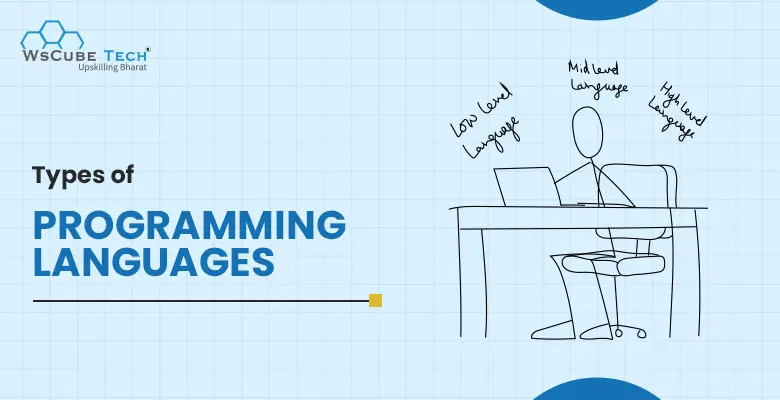Computer languages, much like the diverse languages humans use to communicate, are a crucial aspect of our digital world. They serve as a common medium of instruction for computers, enabling them to understand and execute operations and commands. In essence, computer languages are the backbone of an operating system, programming every command and application within the computer.
Programming languages, a fascinating discipline of Computer Science, come in various types, each with unique features and applications. If you are intrigued by the world of programming, this blog will guide you through the types of programming languages, sparking your curiosity and deepening your understanding.

What is Programming Language?
From the earliest days of computing, humans have sought ways to communicate with machines. As we use language to exchange ideas and give commands, programmers have developed unique languages to interact with computers and software that we call programming languages. A programming language is a notation that connects instructions to a computer or a machine.
Programming languages control a machine’s performance and express algorithms. Currently, thousands of programming languages are being implemented. Some languages must be stated in an imperative form in the computer field, while all the other types of programming languages utilize a declarative form.
Features of Programming Languages
Now, let us look at the features of programming languages:
1. Syntax
The specific guidelines and arrangement computer languages employ to produce code.
2. Data Types
The values kept in a program include strings, integers, etc.
3. Variables
Named memory locations that store values.
4. Control Structures
Loops and conditional statements are examples of statements that regulate how a program executes.
5. Functions/Methods
Blocks of code are called from other parts of a program to perform specific tasks.
Also Read: How to Learn Coding & Programming? Best Ways
6. Abstraction
The ability to hide complex details and provide a simplified user interface.
7. Memory Management
Allocating and deallocating memory for data structures and variables.
8. Parsing
The process of analyzing code to determine its structure and meaning.
9. Markup and Control Language
The ability to add comments and other annotations to code to make it more readable and maintainable.
10. Efficiency
Programming languages can be translated and executed efficiently to avoid excessive memory and time consumption.
11. Structuring
The language allows coders to write their code per structured programming concepts to avoid creating errors.
12. Compactness
A language with this characteristic expresses operations concisely without writing too many details.
Upskill Yourself With Live Training (Book Free Class)
3 Major Types of Programming Languages
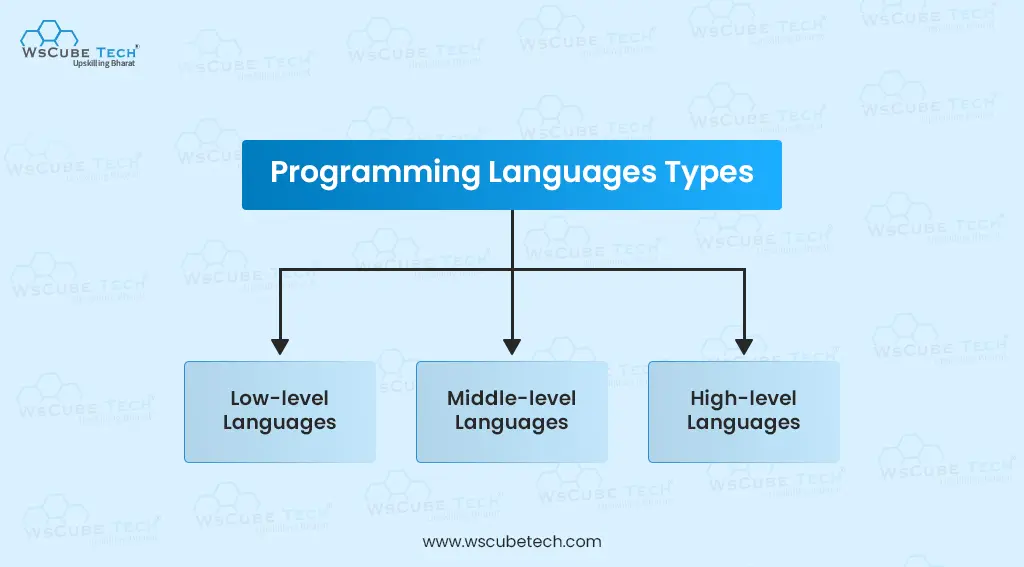
Various types of programming languages are used for multiple purposes and functions. There are also many ways to classify computer language types. Let’s start with the 3 most commonly used types of programming languages:
1. Low-level Languages
Low-level programming languages provide little abstraction between the language and the processor’s instructions. In other words, these low-level languages closely resemble the machine code and are called ‘close to hardware.’ The advantage is that the processors can run low-level programs directly without an interpreter or compiler. This is why programs written in low-level programming languages are speedy to run.
Advantages of low-level programming languages:
- High efficiency — programs written in low-level languages are typically more efficient regarding execution speed and memory usage.
- Direct hardware interaction — programmers control all hardware components, registers, and memory. Hence, programmers also have a high level of control over program behavior.
- Small code size — crucial in environments with limited storage.
Examples of low-level programming languages: Binary language, Machine language, and Assembly language.

Also Read: 13 Best Backend Programming Languages
2. Middle-level Languages
As the name suggests, a mid-level language (MLL) refers to all the languages between high-level and low-level programming languages. An MLL acts as a bridge between raw hardware and programs by interacting with the abstraction layer, which is why it is often called pseudo or intermediate-level programming language.
Advantages of medium-level programming languages:
- Sufficient abstraction— mid-level languages provide a higher abstraction than low-level languages so that programmers can create more intuitive and readable code.
- Increased portability — programs written in mid-level languages are more portable than those written in low-level languages. Still, they may call for some platform-specific adjustments.
- Productivity — mid-level languages are more user-friendly, which can lead to increased developers’ productivity.
- Versatility — mid-level languages are suitable for a wide range of apps.
Examples of mid-level languages: C, Java, and C++.
3. High-level Languages
High-level programming languages allow for the greatest abstraction between machine code and the language itself, so much so that they appear closer to human languages than machine languages. For computers to understand and execute the commands, we first use compilers that convert the HLL into computer languages. The primary benefit of high-level programming languages is that they are simple to learn, write, and maintain.
Advantages of high-level programming languages:
- Ease of learning and use — high-level languages often feature English-like syntax, making them easier for beginners to learn and use.
- Enhanced productivity — programming in high-level languages is faster and more efficient than low-level/mid-level languages.
- Extra portability — programs written in high-level languages are often portable across different platforms with little or no modification.
- Quick development — high-level languages often include features like dynamic typing, automatic memory management (garbage collection), and built-in libraries to facilitate the development process for programmers.
- No complex operations — high-level languages lack tricky operations, such as memory management and hardware-specific details. This lets developers focus on solving problems at a higher level.
Examples of high-level programming languages: Python, Java, JavaScript, Pascal, PHP, Swift, etc.

Also Read: 12 Best Web Development Frameworks (Front-end & Back-end)
Other Types of Programming Languages
There are many other ways to define categories of computer languages:
1. Procedural Languages
Procedural programming languages follow a step-wise format for writing and executing commands. A sequence of commands is referred to as a procedure, and these languages are also referred to as procedural-oriented languages (POP). A primary advantage of POP languages is their simplicity of use.
Examples: Java, Pascal, BASIC, etc.
2. Functional Programming Languages
This refers to languages in which a program is written based on mathematical functions. These languages are helpful in performing computation. There are two types of these languages: pure functional languages and impure functional languages.
Examples: Scala, Haskell, F#, etc.

3. Object-oriented Programming Languages
The languages that consider a program as a set of objects are referred to as object-oriented languages. In other words, in such languages, programs contain objects, which further contain data or code.
Examples: Python, Ruby, C++, etc.
4. Scripting Languages
A scripting language is where the commands/ instructions are written for and interpreted in the runtime environment. Since they are interpreted, there is no need to compile them.
Examples: Python, Perl, PHP, Bash, etc.
Also Read: Careers in Web Development (Paths & Opportunities)
5. Logic Languages
In such languages, programs are written as logical relations instead of rigid/ technical commands or instructions.
Examples: Prolong, Alma-0, Absys, etc.
6. Front-end Languages
As the name suggests, front-end programming languages pertain to the user side or front-end web development side. In other words, they create what users see in their browsers, i.e., images, text, colors, etc. A front-end developer uses these languages to create a seamless user experience for visitors/ users.
Examples: CSS, JavaScript, React, etc.
7. Back-end Languages
Back-end programming languages are used in the back-end development end of a website, app, program, etc. These languages address the server-side requests that produce what the user sees on the front end. Do you want to become a professional web developer? Enroll in a full-stack web development course that covers front-end and back-end skills with complete practicals.
Examples: PHP, JavaScript, PHP, Python, etc.
8. Compiled Languages
We use a compiler for some languages to convert programming language code into machine language, which the processor then implements/ executes. These are referred to as compiled programming languages.
Examples: C, C++, Rust, etc.
9. Interpreted Languages
These languages skip the compiler step and are interpreted by an interpreter at execution/runtime.
Examples: Python, JavaScript, PHP, etc.
10. Languages by Generation
Programming languages can also be grouped by generation. The first generation has the lowest code level and is closest to the machine. The sixth generation is on the other side of the spectrum—it is the easiest for humans to use and not too technical.
Examples of different types of computer languages by generation:
- First Generation (1 GL): Machine-level programming languages
- Second Generation (2 GL): Assembly languages
- Third Generation (3 GL): Machine-independent and programmer-friendly languages like C, C++, Java, Python, PHP, Perl, C#, BASIC, Pascal, Fortran, ALGOL, and COBOL.
- Fourth Generation (4 GL): Languages specializing in specific programming domains, such as Unix Shell, ABAP, SQL, PL/SQL, Oracle Reports, and R.
- Fifth Generation (5 GL): Coding language that is based on problem-solving using constraints provided to the program instead of an algorithm. Examples: Prolog, OPS5, Mercury
- Sixth Generation (6GL): Low-code programming languages based on visual development, such as Webflow, Pega, Bubble, etc.
Interview Questions for You to Prepare for Jobs
Popular Programming Languages and Their Types
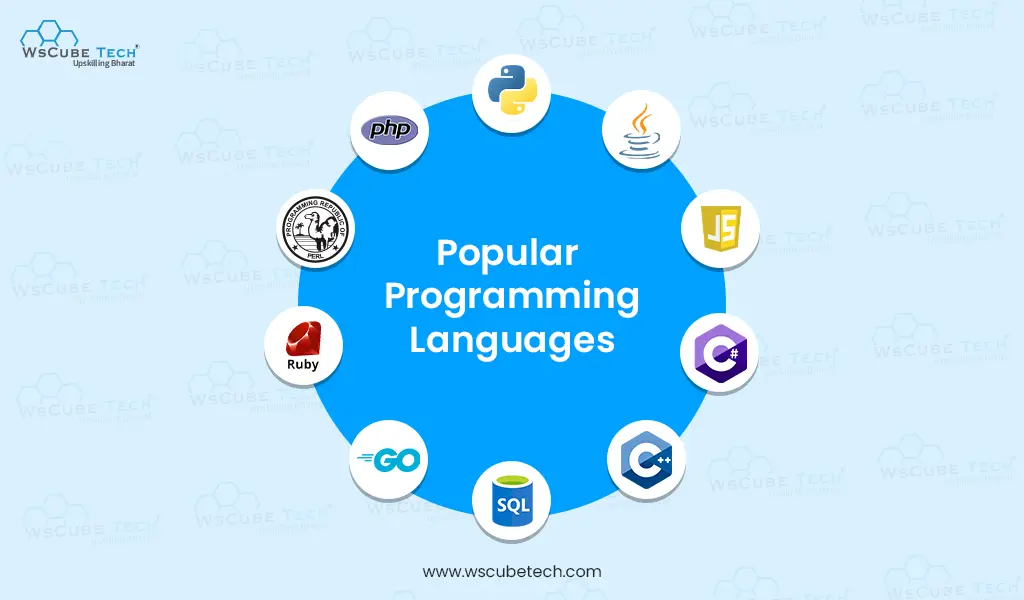
Here’s a quick rundown of the 10 best programming languages and the types of programming in computers they belong to:
1. Python
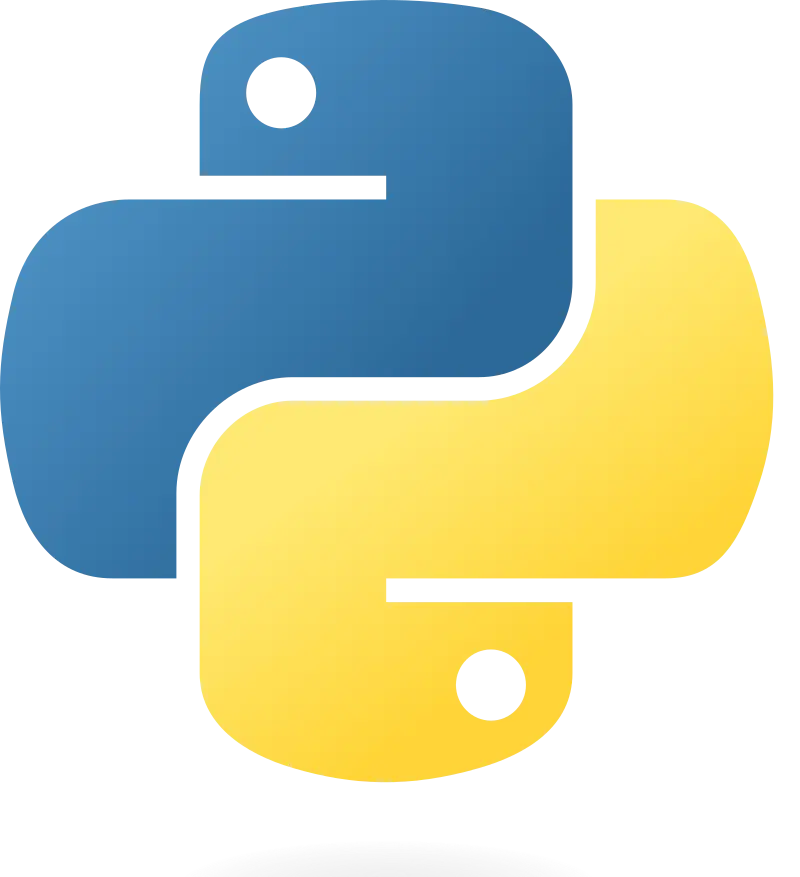
High-level, interpreted or compiled, imperative, object-oriented, back-end, 3GL
2. Java

High-level, compiled, imperative, object-oriented, back-end, 3GL
3. JavaScript

High-level, interpreted, imperative, object-oriented, front-end and back-end, 3GL
4. C++
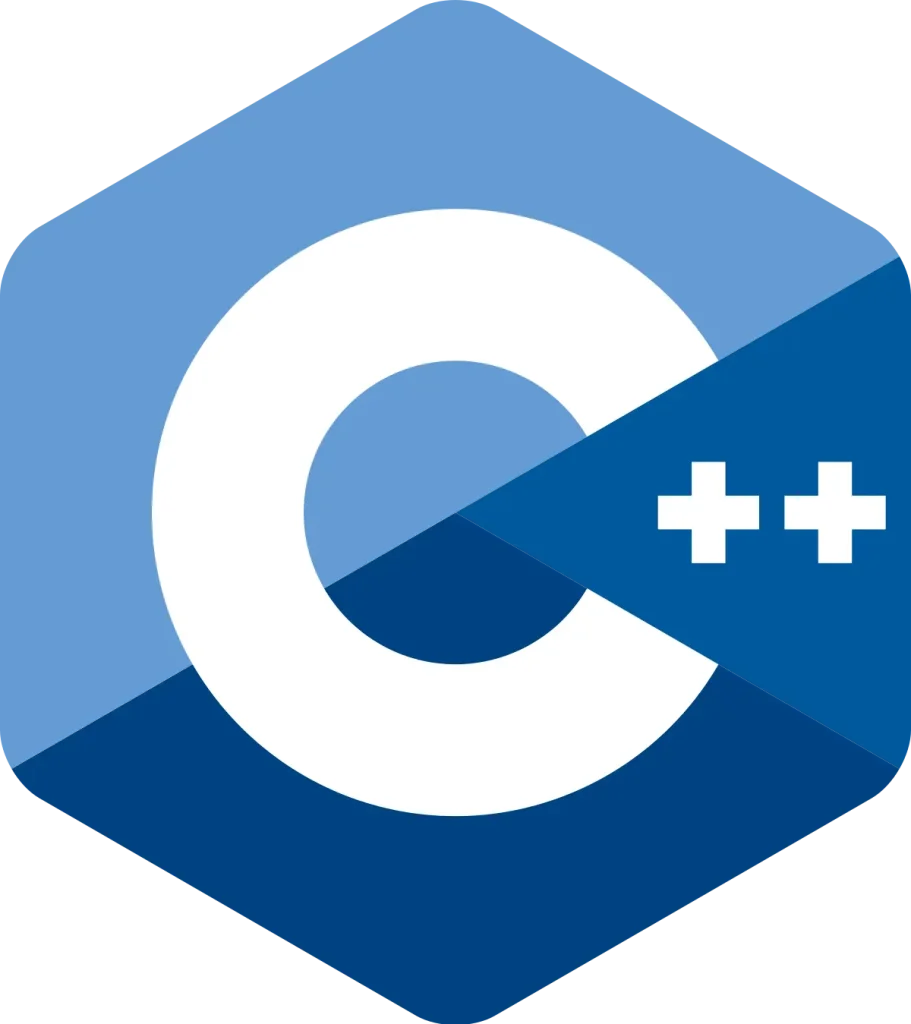
High-level, compiled, imperative, object-oriented, back-end, 3GL
5. C#
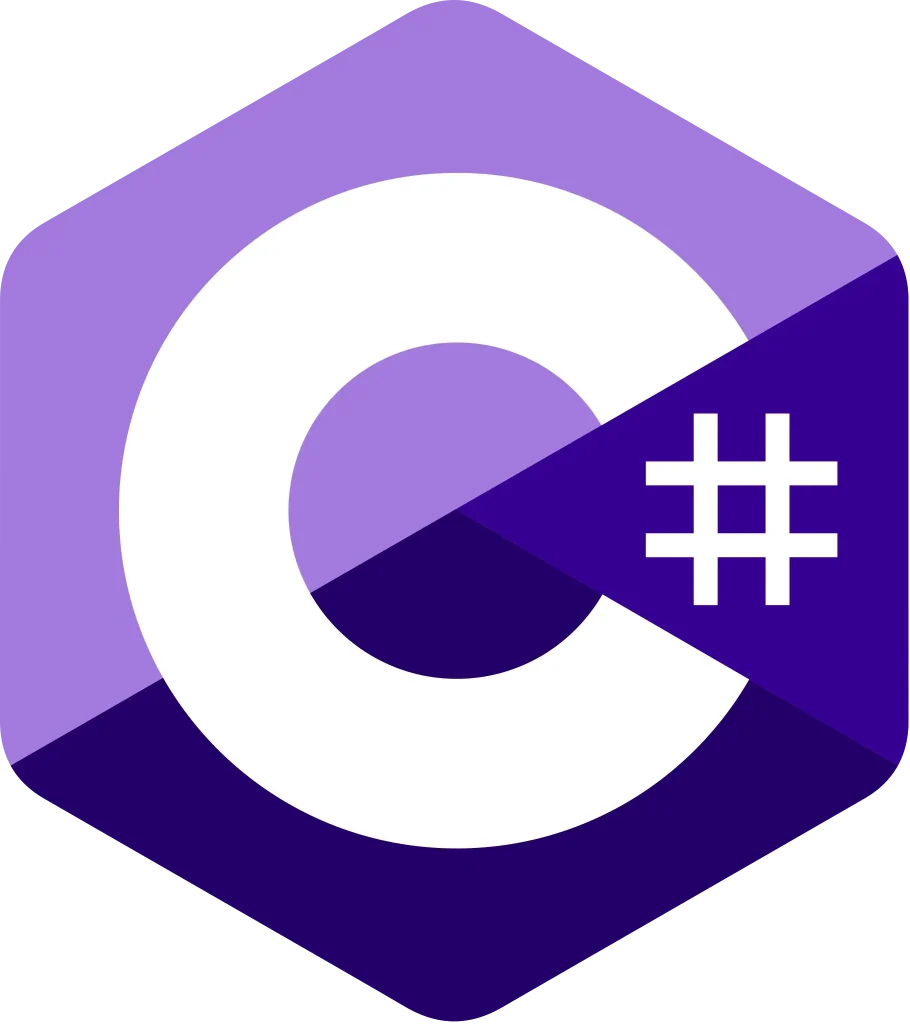
High-level, compiled, imperative, object-oriented, back-end, 3GL
Also Read: 10 Highest-Paying IT Jobs & Careers for 2025
6. SQL
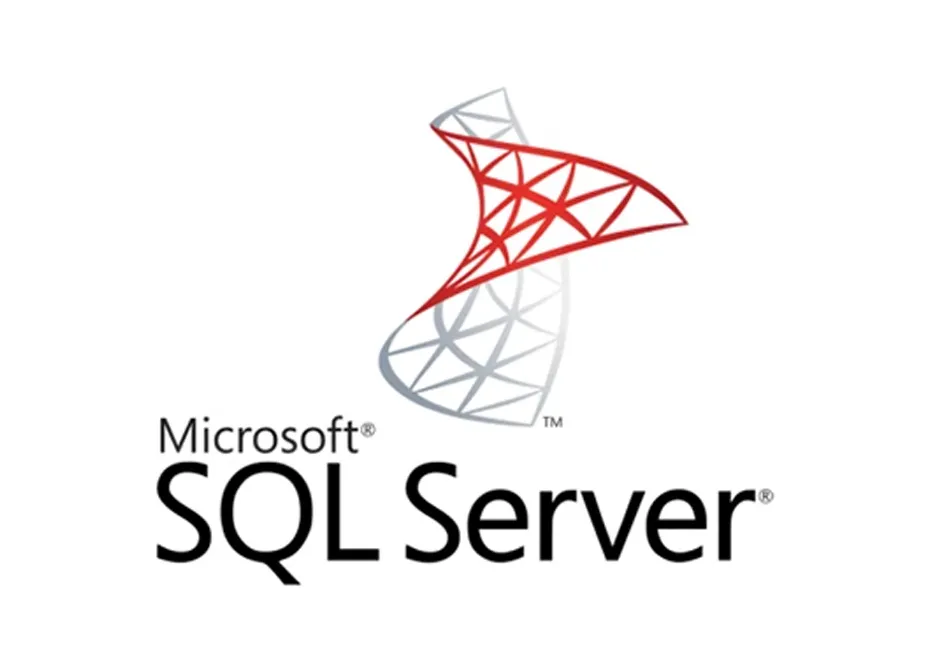
High-level, compiled and interpreted, declarative, domain-specific language
7. Go
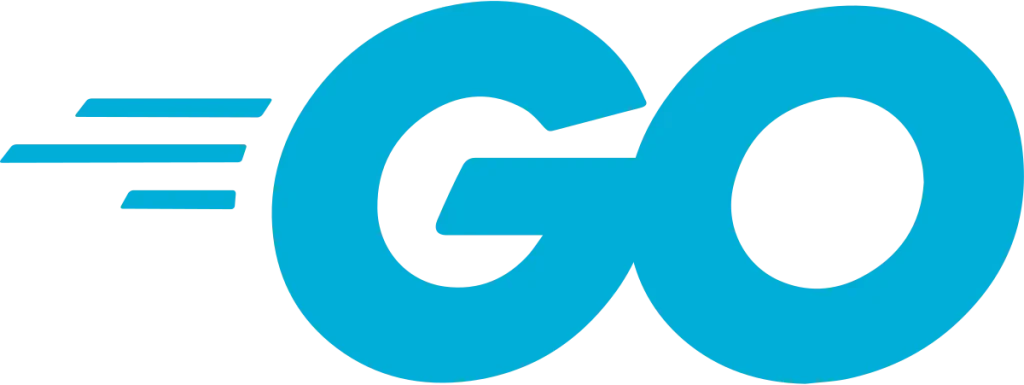
High-level, compiled, back-end, 3GL
8. Ruby

High-level, interpreted, imperative, object-oriented, back-end, 3GL
9. Perl

High-level, interpreted, imperative, object-oriented, back-end, 3GL
10. PHP

High-level, interpreted, imperative, object-oriented, back-end, 3GL
Tips for Choosing the Right Types of Programming Language
With the many options available, selecting the best type of programming language can be challenging. Consider the below factors to narrow your choices and pick the most suitable language:
1. Your Goal
Decide your goal. For instance, is it to build a simple code or a high-performing web application that will be scalable and efficient for a vast user base? Likewise, consider your project requirements to narrow down your search.
2. Well-known or Industry Languages
Which languages are commonly used in your industry? The more popular the language, the more reliable it is. Popular languages have a broad community, so finding resources to learn them and get the necessary support is easy.
3. Performance and Security
Some programming languages are faster than others, and some may also offer security features like memory safety and sandboxing support.
4. Availability of Tools and Libraries
Developing everything from scratch is time-consuming. So, check the availability of libraries and tools, such as IDEs, to facilitate quick and faster development. Also, consider the availability of SDKs to support integration with other systems.

FAQs on Types of Programming Languages
Coding is writing code, while programming is creating the instructions that code follows.
Only two symbols, usually 0 and 1, represent data in binary languages. It serves as the foundation for all binary code utilized in computing systems. Computers interpret user input and operational instructions using binary language, which they then employ to offer the user accurate results. Each decimal number is represented in binary by a group of four binary digits or bits.
Some advantages of assembly language are:
1. Speed and Control: Assembly language is quicker and more effective than other programming languages because it offers direct access to the computer’s hardware.
2. Low-level Access: Assembly language grants access to a computer’s internal workings, enabling the optimization and fine-tuning of certain activities.
3. Smaller Code Size: Code written in assembly language is shorter and easier to manage and maintain than in higher-level programming languages.
4. Greater Security: Assembly language can create more secure software, allowing for fine-grained control over memory and other system resources.
The most commonly used programming language for website development is JavaScript, which runs directly on web browsers and enables interactive and dynamic website user experiences. It is essential for frontend development, and with the help of frameworks like Node.js, it can also be used on the server side.
For iOS app development, Swift is the primary language used, while Android app development predominantly relies on Java or Kotlin. However, frameworks like React Native and Flutter allow developers to use JavaScript or Dart to build cross-platform mobile applications.
Free Courses for You
Conclusion
Types of programming languages are the heart of any software application, playing a vital role in the product’s success. Currently, a plethora of programming languages has arisen, making it a challenge to choose the right one for the right situation. The prospects of careers in the coding and programming industry are incredibly bright. All in all, it can be said that all programming languages have specialties and functions that vary depending on users’ needs.
Read more blogs:



